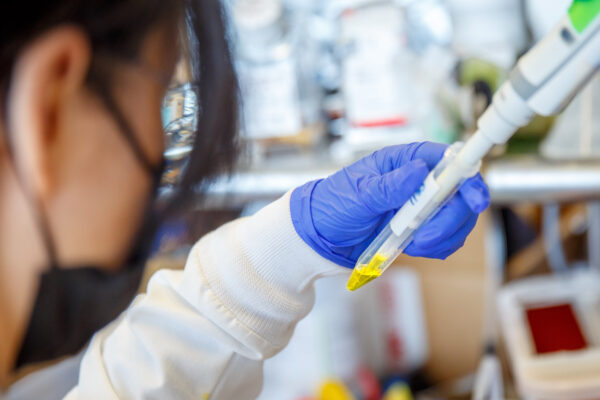Bioprinting: The Future of Organ Replacement and Tissue Engineering

About Course
Imagine a world where organ transplant waiting lists are a thing of the past and where damaged tissues can be regenerated with precision—layer by layer. Welcome to the revolutionary realm of bioprinting, where the fusion of biology, engineering, and 3D printing technology is reshaping the future of medicine. In this course, students will dive deep into how scientists are using bioinks, living cells, and cutting-edge printing techniques to fabricate functional tissues and potentially entire organs.
Through rich examples, case studies, and the latest advancements in the field, learners will explore the evolution of bioprinting—from its humble beginnings to its current breakthroughs in printing skin, cartilage, bone, and even complex organs like kidneys and hearts. As bioprinting moves from experimental labs into clinical practice, this course also investigates the ethical dilemmas, technical challenges, and future possibilities in creating life-saving, patient-specific biological constructs. Whether you’re a student, researcher, or simply curious about biomedical innovation, this course will spark your imagination and arm you with foundational knowledge about one of the most exciting fields in modern science.
Course Content
Introduction
Definition of Bioprinting
00:00Importance of Bioprinting in Tissue Engineering
00:00Overview of the eBook
00:00